 Museums
Museums
Sheikh Saeed Al Maktoum House Dubai: Journey Through Emirates' Royal Heritage
Imagine stepping through the doors of a royal palace where Dubai's destiny was shaped, where the grandfather of today's ruler once gazed across Dubai Creek and envisioned the glittering metropolis we know today. The Sheikh Saeed Al Maktoum House in Dubai's historic Shindagha district isn't just a museum—it's a time machine that transports visitors back to the fascinating era when pearl diving was king and Dubai was taking its first tentative steps toward becoming a global powerhouse.
Nestled along the serene banks of Dubai Creek, the house of Sheikh Saeed Al Maktoum stands as one of Dubai's most precious historical treasures. This magnificent coral and plaster mansion, with its distinctive pink hue that glows enchantingly at sunset, tells the extraordinary story of Dubai's transformation from a modest fishing village to the dazzling emirate we celebrate today.
The Royal Legacy: A Palace Born in 1896
The story of Sheikh Saeed Al Maktoum House Dubai begins in 1896, when this architectural marvel was constructed as the official residence of the Al Maktoum ruling family. For over six decades, until 1958, this was home to Sheikh Saeed bin Maktoum Al Maktoum, Dubai's longest-serving ruler who governed from 1912 to 1958. What makes this place truly special is its intimate connection to Dubai's current leadership—it's the childhood home where His Highness Sheikh Mohammed bin Rashid Al Maktoum, Dubai's present ruler, spent his early years.
The house of Sheikh Khalifa bin Saeed Al Maktoum and the broader Al Maktoum dynasty represents more than just royal lineage; it embodies the visionary leadership that transformed Dubai from a pearl-diving community into a global hub of commerce and innovation. Sheikh Saeed's reign was particularly challenging, navigating through the decline of the pearl trade during the Great Depression and the emergence of Japanese cultured pearls that threatened the region's traditional economy.
Architectural Marvel: Traditional Emirati Design at Its Finest
The architectural brilliance of Sheikh Saeed Al Maktoum House is immediately apparent to every visitor. Sprawling across an impressive 3,600 square meters, this traditional Emirati palace showcases the ingenious building techniques of the late 19th century. The structure was deliberately built without perimeter walls or fences, reflecting Sheikh Saeed's philosophy of openness and accessibility to his people—a revolutionary concept for royal residences of that era.
Wind Towers: Ancient Air Conditioning
The four towering wind towers, known as Barjeel, are perhaps the most striking features of the house. These architectural marvels served as natural air conditioning systems, channeling cool breezes from the Arabian Gulf into the palace's interior chambers. Even today, these wind towers continue to keep the building naturally cool, demonstrating the sophisticated understanding of climate-responsive architecture that our ancestors possessed.
The building's coral and shell stone construction, combined with exposed palm trunk ceiling beams, creates an authentic atmosphere that immediately transports visitors to the Dubai of yesteryear. The thick walls were designed to maintain cool temperatures throughout the scorching summer months, while the high vaulted ceilings and strategically placed windows ensured optimal air circulation.
Courtyards and Living Spaces
The palace is organized around spacious courtyards that served as the heart of family life. The ground floor features an expansive majlis (meeting room) where Sheikh Saeed would receive visitors and conduct state affairs, alongside living quarters, storage rooms, and a strategically placed kitchen in the southern section to prevent cooking odors from permeating the rest of the residence.
The upper floor bedrooms feature elegant balconies that offer breathtaking views across Dubai Creek and the Arabian Gulf. These same balconies where royal children once played now provide visitors with panoramic vistas of both historic Shindagha and modern Dubai's skyline—a perfect metaphor for the emirate's journey through time.
Museum Treasures: Nine Wings of Discovery
Today's Sheikh Saeed Al Maktoum House has been meticulously transformed into the Shindagha Museum, housing one of the UAE's most comprehensive collections of historical artifacts. The museum's nine distinct exhibition wings each tell a different chapter of Dubai's fascinating story:
The History of Sheikh Saeed Al Maktoum House
This exhibition traces the building's own remarkable journey from royal residence to national monument. Visitors can explore detailed architectural plans, restoration photographs, and historical accounts that bring the palace's story to life.
Al Maktoum Family Heritage
Personal artifacts, family photographs, and intimate possessions provide unprecedented insights into the daily lives of Dubai's ruling family. From ornate jewelry to personal correspondence, these treasures humanize the royal dynasty and showcase their deep connection to Dubai's people.
Old Dubai: A Window to the Past
Perhaps the most captivating section, this wing features rare photographs and lithographs documenting Dubai between 1940 and 1960. These invaluable images show the emirate's transformation from a modest trading post to a burgeoning commercial center, capturing street scenes, traditional architecture, and daily life that would otherwise be lost to time.
Marine Life and Pearl Diving Legacy
The pearl diving industry that sustained Dubai for generations is beautifully documented here. Authentic diving equipment, pearl samples, and detailed explanations of diving techniques help visitors understand the dangerous yet lucrative profession that formed the backbone of Dubai's early economy.
Coins, Stamps, and Historical Documents
The museum's impressive numismatic collection spans centuries, featuring coins from various Islamic dynasties that traded through Dubai. The stamp collection chronicles the evolution of postal services in the region, while historical documents and maps trace Dubai's geographic and political development.
Visitor Essential Information
| Day | Sheikh Saeed Al Maktoum House Timings |
|---|---|
| Saturday - Thursday | 8:00 AM - 8:30 PM |
| Friday | 3:00 PM - 8:30 PM |
| During Ramadan (Saturday - Thursday) | 9:00 AM - 5:00 PM |
| During Ramadan (Friday) | 2:00 PM - 5:00 PM |
Admission Fees:
- Adults: AED 15
- Students (5-24 years): AED 5
- Children under 5: Free
- People of determination: Free
Contact: +971-4-515-5336
Location: Al Shindagha Historic District, Bur Dubai
Best Time to Visit Sheikh Saeed Al Maktoum House
While the Sheikh Saeed Al Maktoum House timings accommodate visitors throughout the year, timing your visit can significantly enhance your experience. The optimal visiting season spans from November through February, when Dubai's weather is at its most pleasant. During these cooler months, you can comfortably explore the outdoor courtyards and climb the wind towers without the intensity of summer heat.
Perfect Daily Timing
The most magical time to visit is during late afternoon, approximately two hours before sunset. This timing offers several advantages: the harsh midday sun has softened, the coral walls begin to glow with their characteristic pink hue, and you'll have the opportunity to witness one of Dubai Creek's most spectacular sunsets from the palace's upper balconies.
Early morning visits, particularly during weekdays, offer the advantage of smaller crowds and cooler temperatures. The morning light filtering through the traditional mashrabiya screens creates atmospheric photography opportunities that capture the essence of authentic Emirati architecture.
Getting There: Your Journey to Historic Shindagha
Reaching Sheikh Saeed Al Maktoum House Dubai is convenient thanks to its strategic location in the Al Shindagha Historic District. The palace sits on the Bur Dubai side of Dubai Creek, approximately 2 kilometers from the famous Dubai Museum and 11 kilometers from Dubai International Airport.
Public Transportation
The most scenic approach is via the Ghubaiba Metro Station (Green Line), followed by a pleasant 10-minute walk through the historic district. Alternatively, take a traditional abra (water taxi) across Dubai Creek from Deira Old Souk Station—this crossing provides stunning views of both modern Dubai and the historic Shindagha waterfront.
Bus route enthusiasts can alight at the Bur Dubai bus stop and enjoy a brief stroll through the heritage area. The walk itself becomes part of the cultural experience, as you'll pass traditional wind tower houses and heritage buildings that complement your palace visit.
Private Transportation
Driving to the palace is straightforward, with free parking available for visitors. The location's proximity to other major attractions makes it an ideal starting point for a comprehensive exploration of historic Dubai.
Nearby Attractions: Extending Your Heritage Journey
The beauty of visiting Sheikh Saeed Al Maktoum House lies in its position at the heart of Dubai's heritage corridor. Within walking distance, you'll discover a treasure trove of cultural attractions that collectively tell the complete story of Dubai's evolution.
Al Shindagha Museum
Just steps away, the modern Al Shindagha Museum offers state-of-the-art multimedia experiences that complement the traditional displays in Sheikh Saeed's house. Interactive exhibits, touch screens, and immersive installations bring Dubai's history to life using cutting-edge technology.
Dubai Heritage Village
This authentic recreation of traditional Emirati life showcases pearl diving techniques, falconry demonstrations, and traditional crafts. Visitors can observe skilled artisans creating pottery, weaving textiles, and crafting jewelry using time-honored methods passed down through generations.
Al Fahidi Historical Neighborhood
A short journey across the creek brings you to Dubai's oldest preserved neighborhood. The narrow alleyways, traditional architecture, and boutique galleries create an atmospheric setting where you can experience Dubai's merchant heritage firsthand.
Traditional Souks and Dubai Creek
No heritage tour is complete without exploring the famous Gold Souk and Spice Souk in Deira. These bustling marketplaces maintain the trading traditions that made Dubai a commercial crossroads for centuries. Evening dhow cruises along Dubai Creek provide the perfect conclusion to your heritage exploration, offering unique perspectives of both historic and modern Dubai illuminated against the night sky.
Photography and Cultural Etiquette
Photography is permitted throughout Sheikh Saeed Al Maktoum House, making it a paradise for both amateur and professional photographers. The interplay of light and shadow through traditional wooden screens, the geometric patterns of Islamic architecture, and the stunning creek views provide endless photographic opportunities.
Respectful Photography Guidelines
When photographing inside the palace, be mindful of other visitors and avoid using flash near delicate artifacts. The natural lighting filtering through the wind towers and mashrabiya screens often provides more atmospheric results than artificial lighting.
As this is a heritage site with deep cultural significance, dress modestly and respectfully. While shoes may be kept on throughout the visit, ensure they're clean and appropriate for the cultural setting. The palace's significance as a former royal residence and current museum demands the same respect you would show any sacred or culturally important space.
Practical Visitor Tips for an Unforgettable Experience
To maximize your experience at Sheikh Saeed Al Maktoum House, come prepared for both the climate and the cultural setting. Dubai's intense sun necessitates protective measures: bring sunglasses, a wide-brimmed hat, and apply generous amounts of sunscreen before your visit.
What to Bring
Since there are no food concessions within the museum, carry water to stay hydrated, especially during warmer months. A lightweight backpack with essentials ensures comfort during your exploration of the palace's multiple levels and outdoor courtyards.
Consider bringing a notebook or smartphone for jotting down interesting historical facts and architectural details. The museum's information plaques contain fascinating details about Emirati culture and Dubai's development that you'll want to remember and share.
Special Considerations
The palace's traditional architecture includes narrow staircases and doorways that may present accessibility challenges for some visitors. However, the ground floor exhibitions are fully accessible and contain many of the museum's most significant artifacts.
Children of all ages are welcome and often find the palace particularly fascinating. The wind towers, spacious courtyards, and interactive elements make it an engaging educational experience for young visitors learning about UAE heritage.
The Living Legacy: From Palace to Museum
What makes Sheikh Saeed Al Maktoum House extraordinary isn't just its historical significance, but its role as a living testament to Dubai's remarkable transformation. Standing in the majlis where Sheikh Saeed once made decisions that would shape Dubai's future, visitors can trace the direct lineage from those early visionary policies to the global city that exists today.
The palace serves as a powerful reminder that Dubai's success didn't happen overnight. It was built on generations of wise leadership, strategic thinking, and the courage to embrace change while honoring tradition. The modest nature of the royal residence, with its open design and lack of imposing barriers, reflects the accessible leadership style that continues to characterize the Al Maktoum dynasty.
Educational Impact
For students, families, and anyone interested in understanding the UAE's development, the museum provides invaluable context for Dubai's modern achievements. The transition from pearl diving to oil discovery to diversified economy becomes tangible when experienced within the walls where these historical pivots were planned and executed.
International visitors often express amazement at how recently Dubai's transformation occurred. Seeing photographs of the area from just 50 years ago, when dhows dominated the creek and traditional architecture defined the skyline, puts the modern miracle of Dubai into stunning perspective.
Seasonal Events and Special Exhibitions
Throughout the year, Sheikh Saeed Al Maktoum House Dubai hosts special cultural events that bring Emirati traditions to life. During UAE National Day celebrations, the palace becomes a focal point for heritage activities, including traditional music performances, poetry recitations, and demonstrations of ancient crafts.
The museum occasionally features temporary exhibitions that explore specific aspects of UAE history in greater depth. Recent exhibitions have focused on topics such as traditional maritime trade routes, the evolution of pearl diving techniques, and the architectural heritage of the Arabian Gulf region.
Ramadan brings special programming, with adjusted hours that accommodate the holy month's schedule. Evening cultural programs during this period often include storytelling sessions that share oral histories passed down through generations of Emirati families.
Conservation Efforts: Preserving Heritage for Future Generations
The meticulous restoration and ongoing conservation of Sheikh Saeed Al Maktoum House represents Dubai's commitment to preserving its cultural heritage amid rapid modernization. The Dubai Culture and Arts Authority has invested significantly in maintaining the palace's authentic character while ensuring it meets modern museum standards.
Traditional building materials and techniques are used in all restoration work, ensuring that the palace retains its historical authenticity. Master craftsmen skilled in traditional Emirati construction methods work alongside modern conservation specialists to address the challenges of preserving a 19th-century structure in Dubai's demanding climate.
Climate control systems have been carefully integrated into the traditional architecture without compromising the building's visual integrity. The wind towers continue to function as originally designed, supplemented by discrete modern systems that protect the valuable artifact collections.
Combining Your Visit with Other Dubai Attractions
Create a perfect heritage day by combining your visit to Sheikh Saeed Al Maktoum House with these nearby attractions:
- Morning: Start at Al Fahidi Historical Neighbourhood (10 minutes away)
- Afternoon: Explore Sheikh Saeed Al Maktoum House and Al Shindagha Museum
- Late Afternoon: Visit the nearby Heritage Village and take an abra across to the souks
- Evening: Enjoy dinner at a traditional restaurant and take a dhow cruise along Dubai Creek
The Economic Story: From Pearls to Prosperity
One of the most compelling aspects of visiting Sheikh Saeed Al Maktoum House is understanding the economic journey that Dubai navigated under Sheikh Saeed's leadership. The museum's pearl diving exhibits poignantly illustrate how quickly an entire economy can change—and how visionary leadership can successfully navigate such transitions.
When the Great Depression combined with Japanese cultured pearl production to devastate the natural pearl trade in the 1930s, Dubai faced an existential economic crisis. Sheikh Saeed's response—diversifying into trade and positioning Dubai as a regional commercial hub—laid the groundwork for the prosperity that would follow oil discovery decades later.
The palace displays include original trade agreements, port development plans, and correspondence with international merchants that document this economic transformation. For business leaders and economics students, these historical documents provide fascinating insights into early international trade development in the Gulf region.
Architecture as Climate Adaptation: Lessons for Today
Modern Dubai's gleaming skyscrapers often overshadow the sophisticated climate adaptation strategies employed in traditional Emirati architecture. Sheikh Saeed Al Maktoum House serves as a masterclass in sustainable design principles that remain relevant today.
The strategic orientation of rooms to catch cooling breezes, the use of local materials with excellent thermal properties, and the integration of natural ventilation systems demonstrate how our ancestors achieved comfort without modern energy-intensive solutions. Architecture students and sustainability professionals often visit specifically to study these time-tested techniques.
The palace's courtyard design creates microclimates that provide relief from the desert heat, while the thick walls and high ceilings naturally regulate interior temperatures. These principles are increasingly being incorporated into contemporary sustainable architecture projects throughout the region.
Cultural Immersion: Understanding Emirati Heritage
Beyond its historical significance, Sheikh Saeed Al Maktoum House offers visitors deep insights into traditional Emirati culture and values. The palace's design reflects the importance of hospitality, family unity, and community connection that remain central to Emirati society today.
The spacious majlis demonstrates the tradition of accessible leadership, where rulers made themselves available to hear concerns and resolve disputes. This concept of open governance continues to influence Dubai's leadership approach in the modern era.
Family photographs and personal artifacts throughout the museum humanize the royal family, showing their daily lives, celebrations, and challenges. These intimate glimpses help visitors understand that despite their royal status, the Al Maktoum family maintained strong connections to their cultural roots and community responsibilities.
Women's Roles in Traditional Society
The museum's exhibits also illuminate the important roles women played in traditional Emirati society, from managing large households to participating in trade activities. The palace's family quarters demonstrate the sophisticated social structures that supported extended family living arrangements common in the region.
Planning Your Perfect Visit
To truly appreciate everything Sheikh Saeed Al Maktoum House Dubai has to offer, plan for a minimum two-hour visit. This allows sufficient time to explore all nine exhibition wings, appreciate the architectural details, and capture the stunning views from the upper balconies.
Consider visiting during cultural events or special exhibitions for enhanced experiences. The museum's social media channels and official website provide current information about special programming and temporary exhibitions that might coincide with your visit.
For international visitors, combining the palace visit with other heritage attractions creates a comprehensive introduction to UAE culture. Many visitors find that understanding Dubai's historical context through the museum enhances their appreciation of the modern city's achievements.
As you conclude your journey through this remarkable palace, take a moment to reflect on the extraordinary transformation that began within these walls. From the modest trading post that Sheikh Saeed governed to the global metropolis that Dubai has become, the story is one of visionary leadership, cultural preservation, and strategic adaptation to changing times.
The Sheikh Saeed Al Maktoum House stands as more than a museum—it's a bridge between past and future, a place where visitors can understand not just where Dubai came from, but why its approach to growth and development has been so successful. In a world of rapid change, the palace reminds us that honoring our heritage while embracing innovation isn't just possible—it's the key to sustainable prosperity.
Whether you're a history enthusiast, architecture lover, cultural explorer, or simply someone seeking to understand the real Dubai beyond the glittering skyline, Sheikh Saeed Al Maktoum House offers an unforgettable journey through time. Plan your visit today and discover the fascinating story of how a small fishing village became one of the world's most dynamic cities.
Have You Visited Sheikh Saeed Al Maktoum House?
Share your experience and help fellow travelers discover this incredible piece of Dubai's heritage! What was your favorite exhibit? Did the palace change your perspective on Dubai's history? We'd love to hear your stories and see your photos from this remarkable royal residence.
Planning a visit? Check the latest Sheikh Saeed Al Maktoum House timings and special events on the official Al Shindagha Museum website before your journey to this historic treasure.
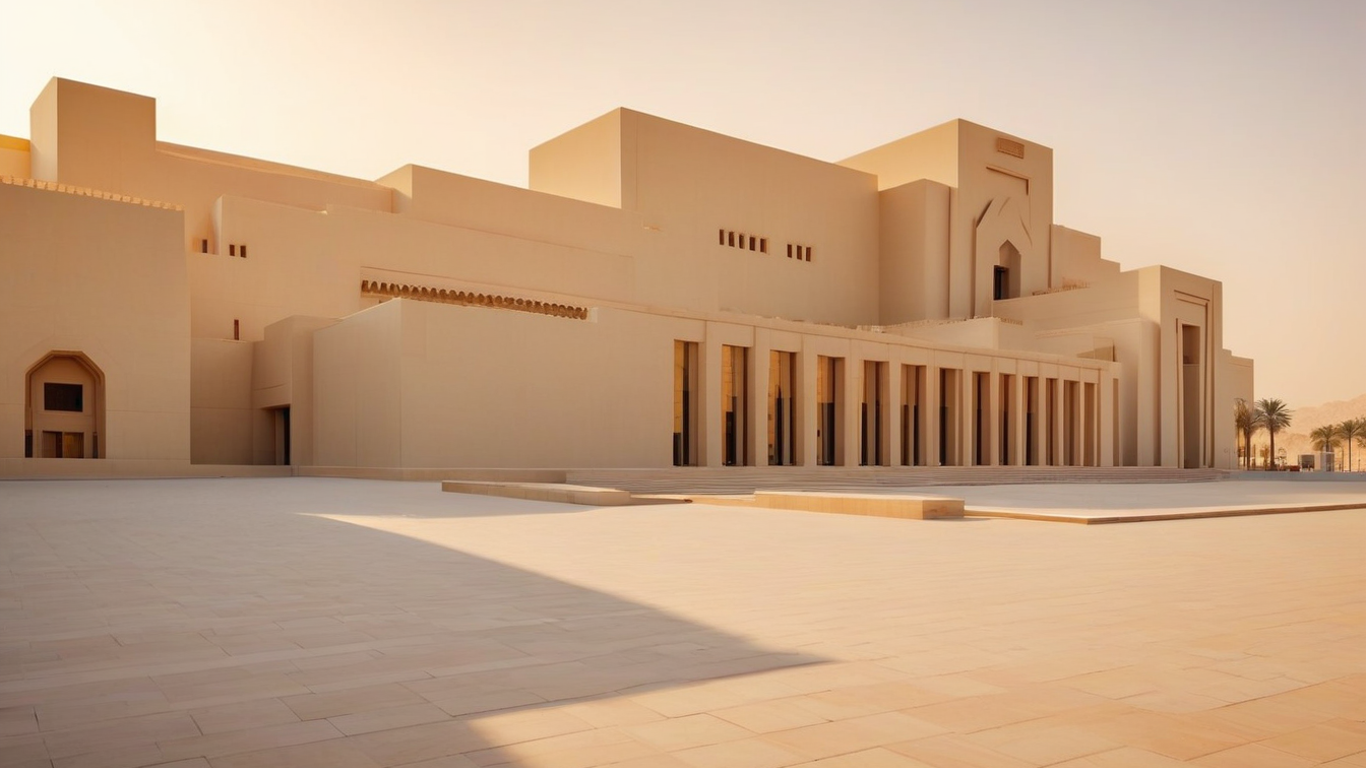
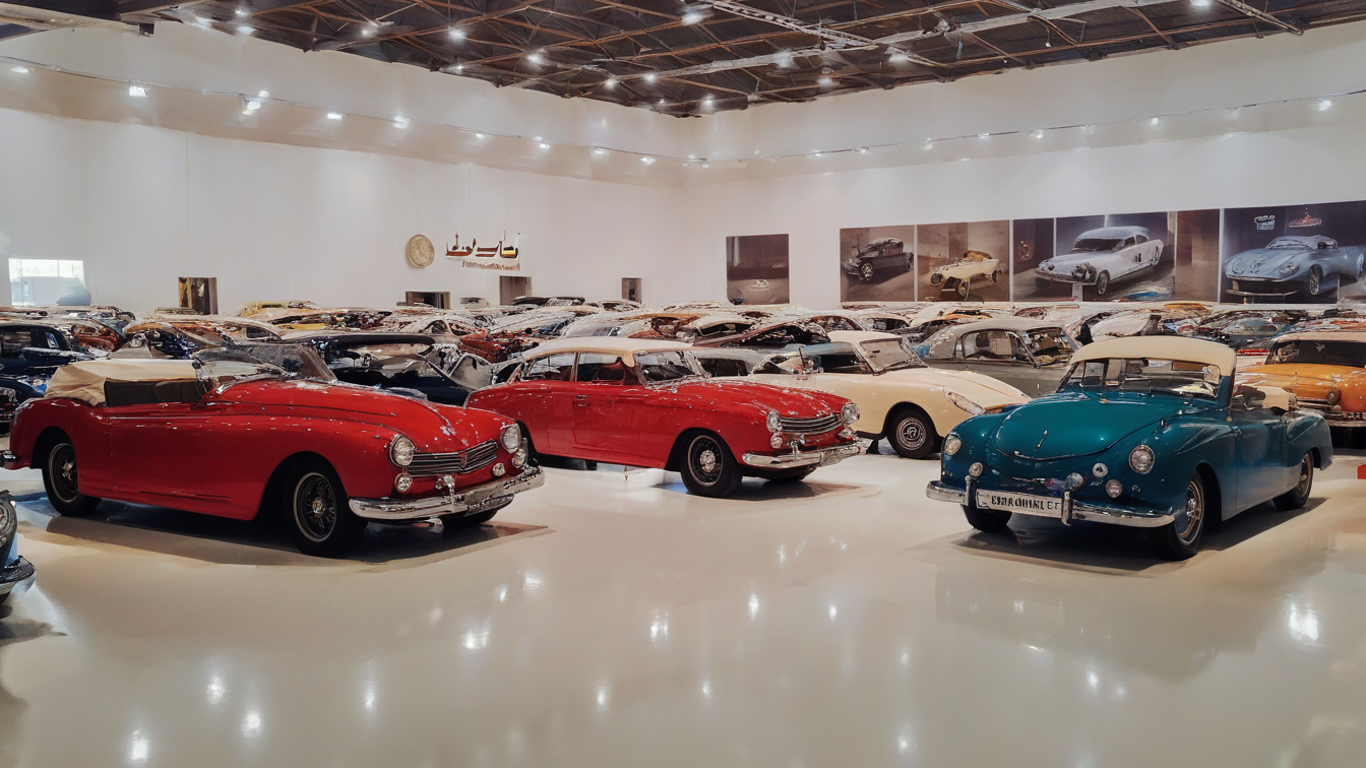
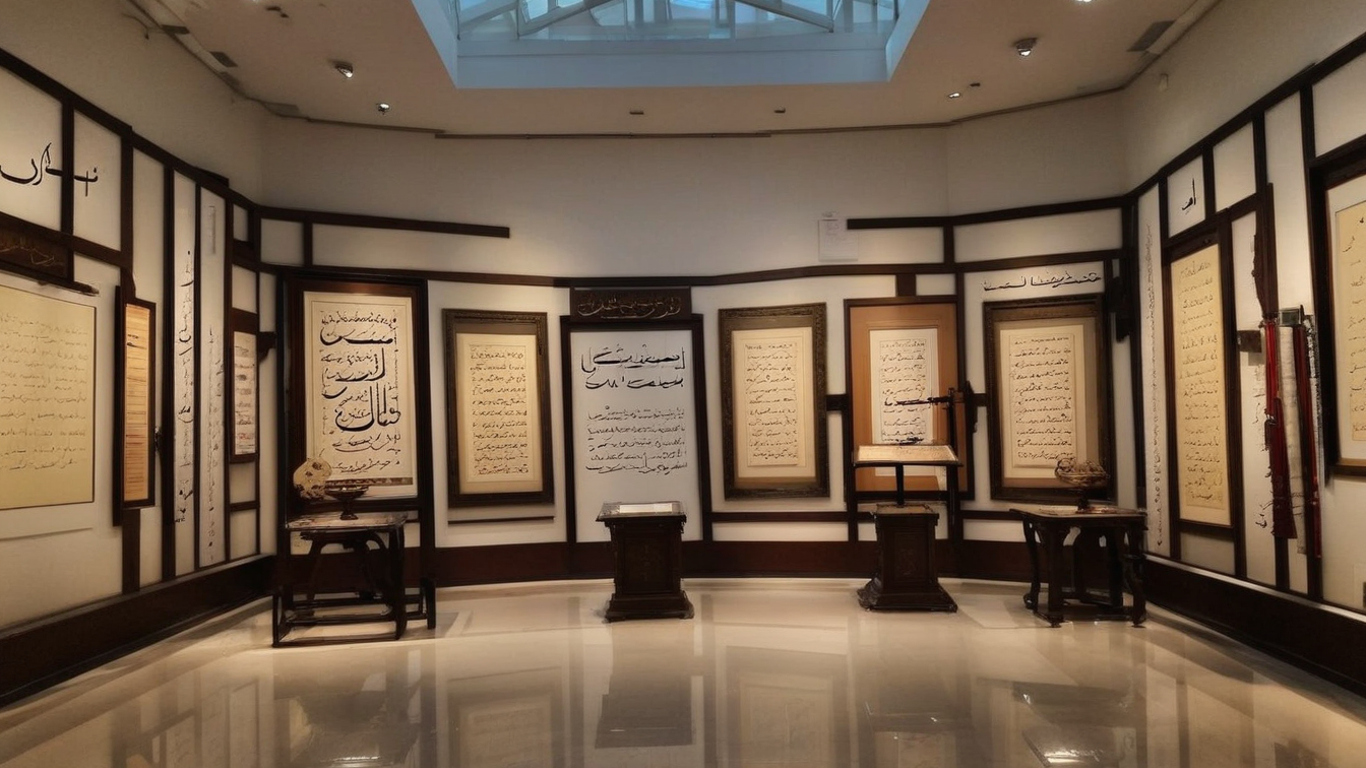

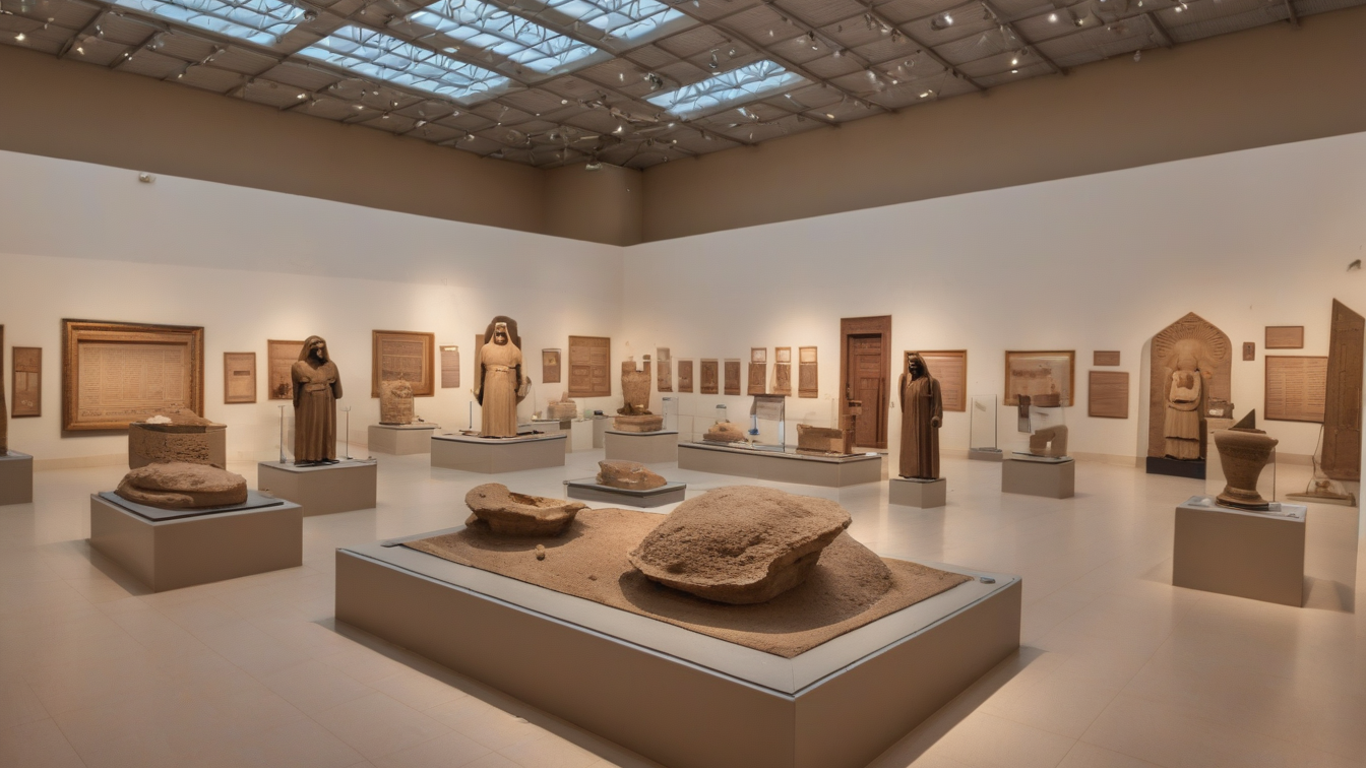
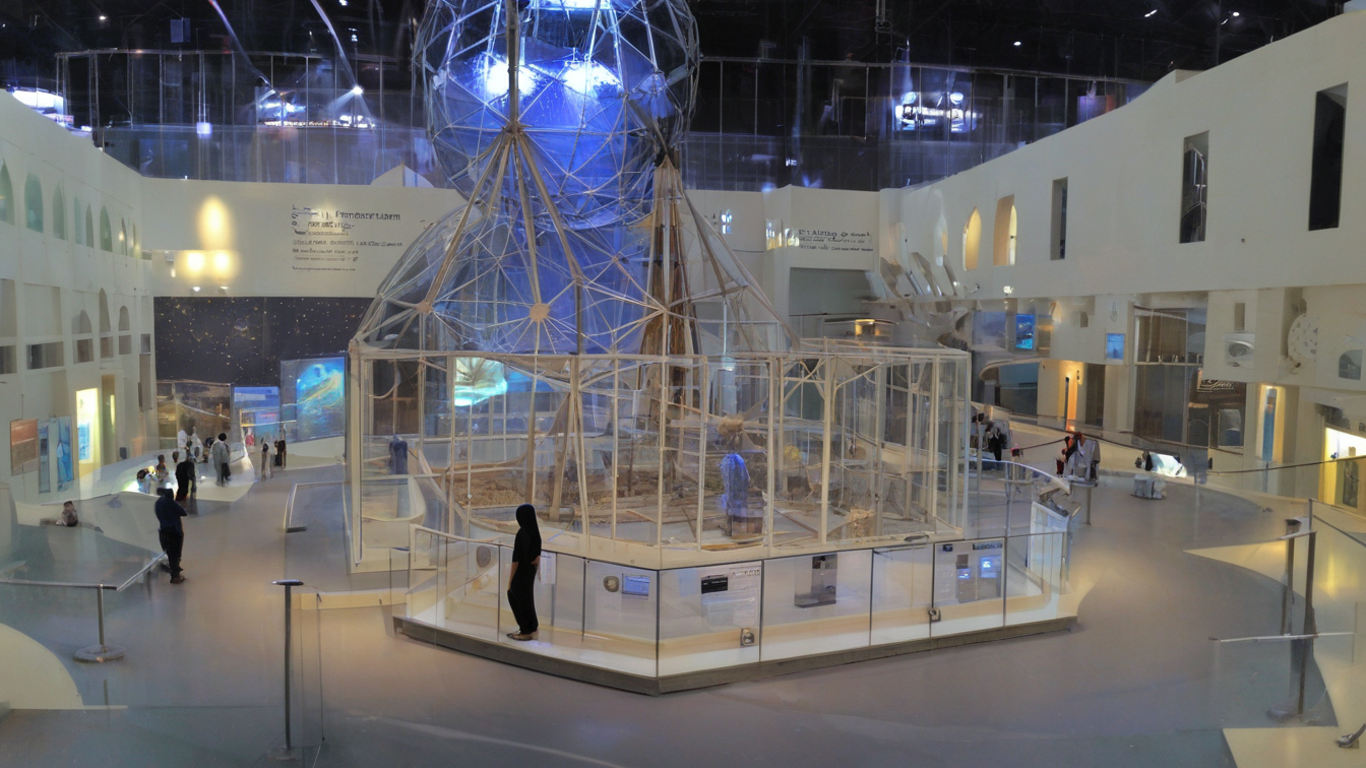
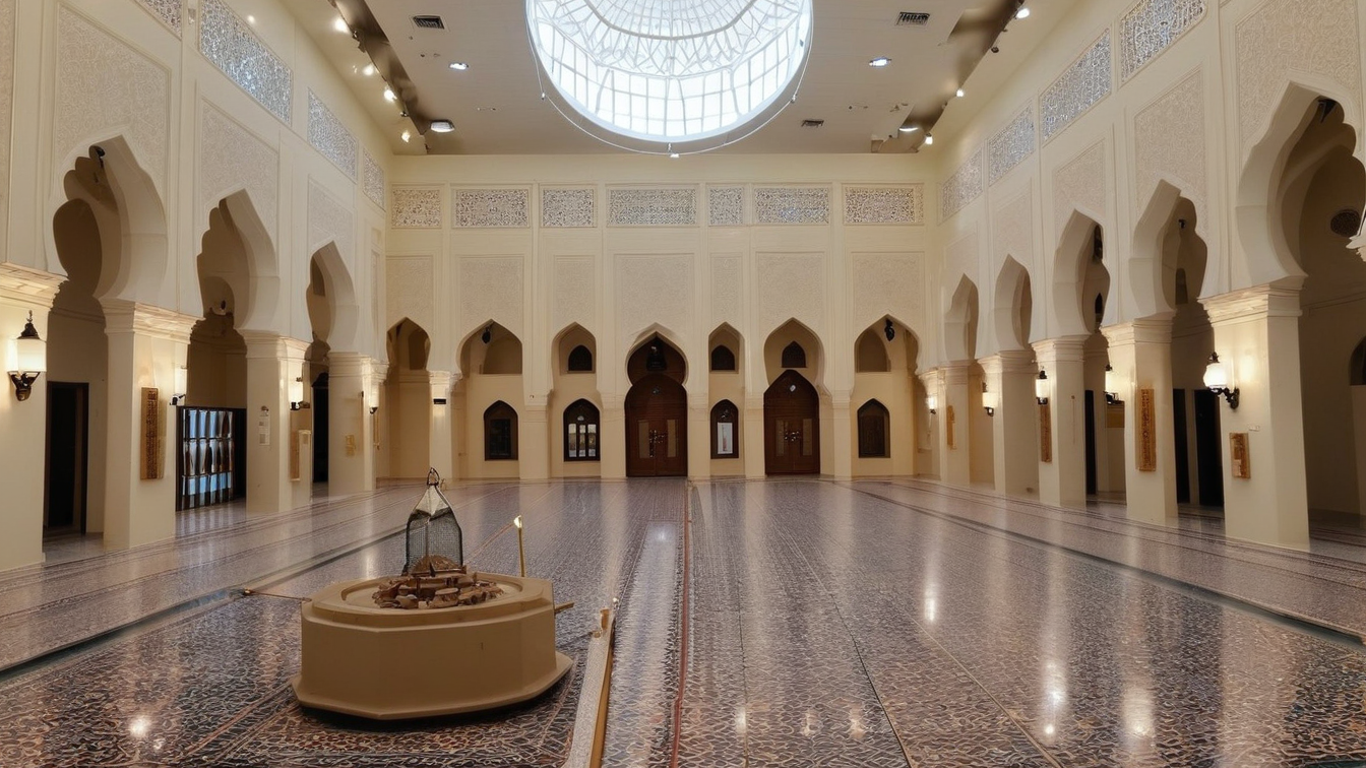
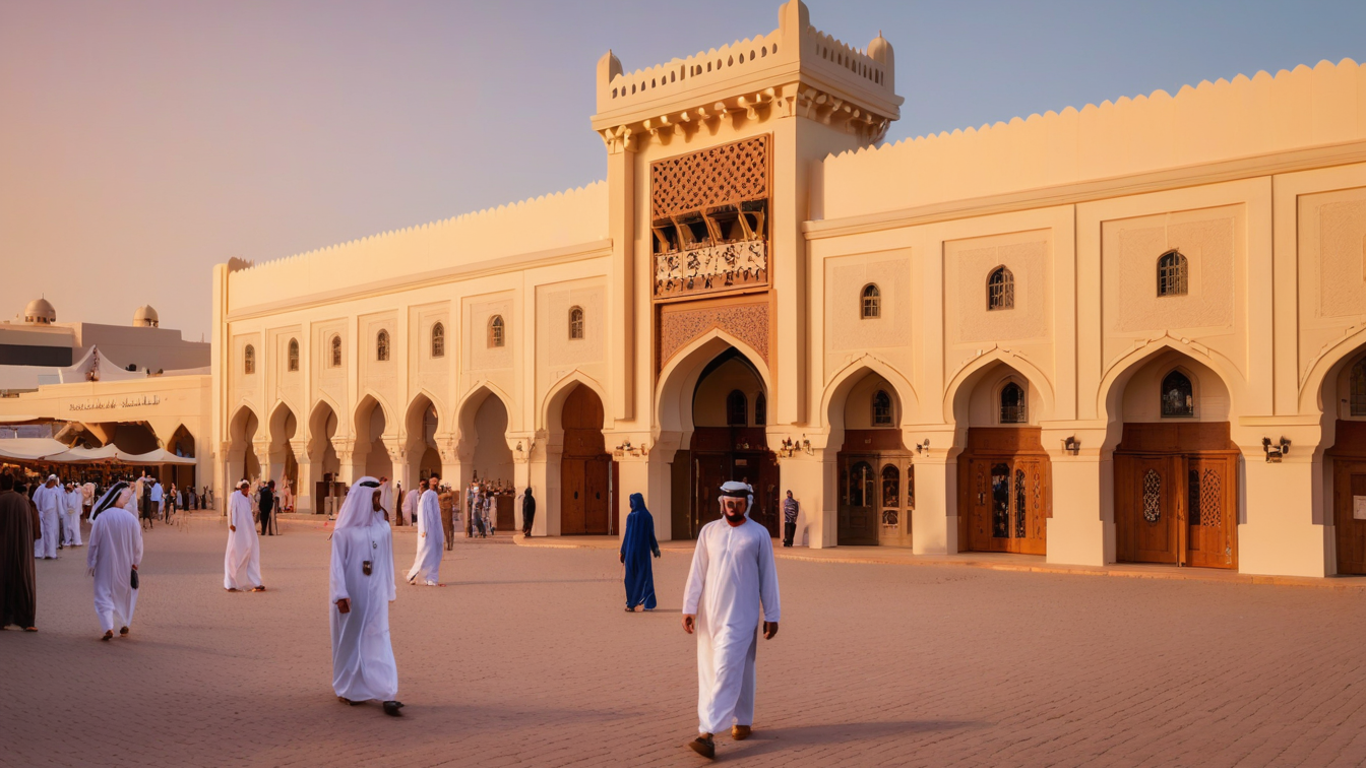

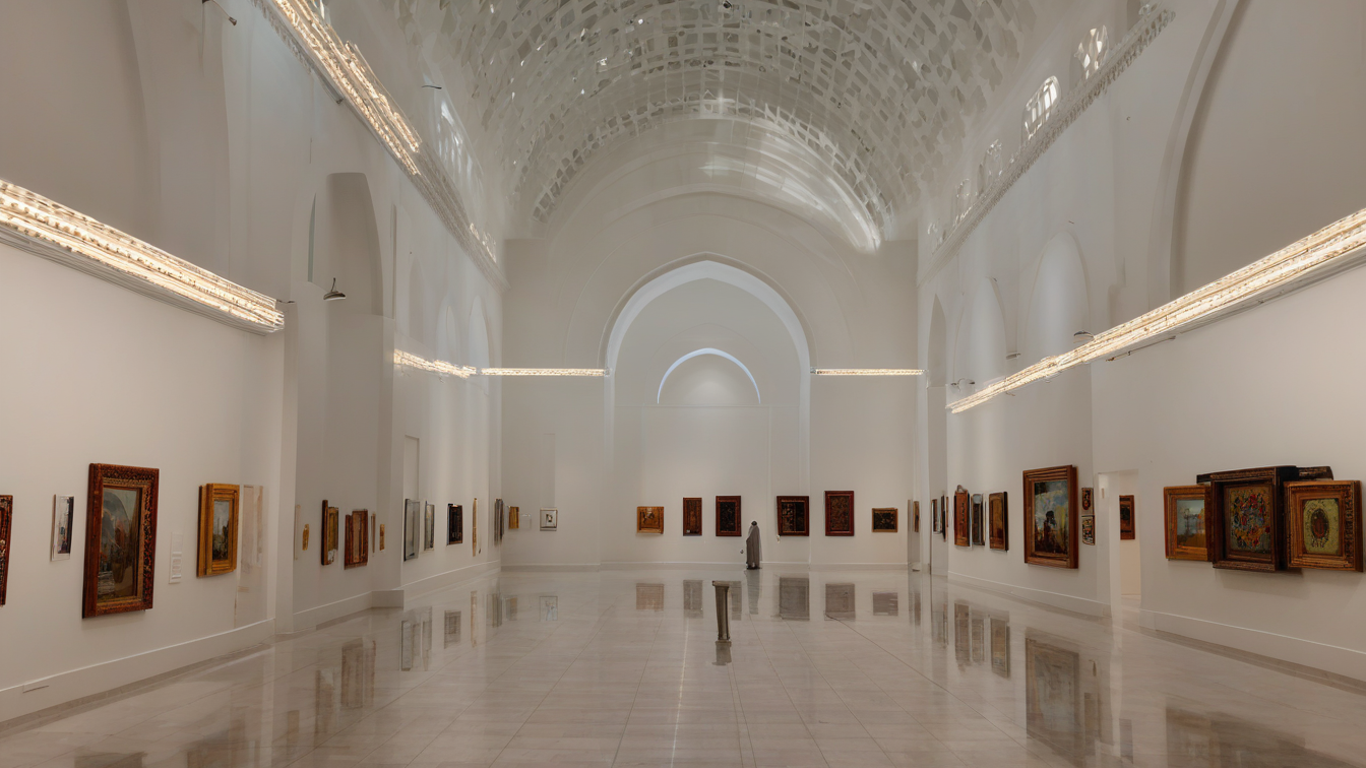
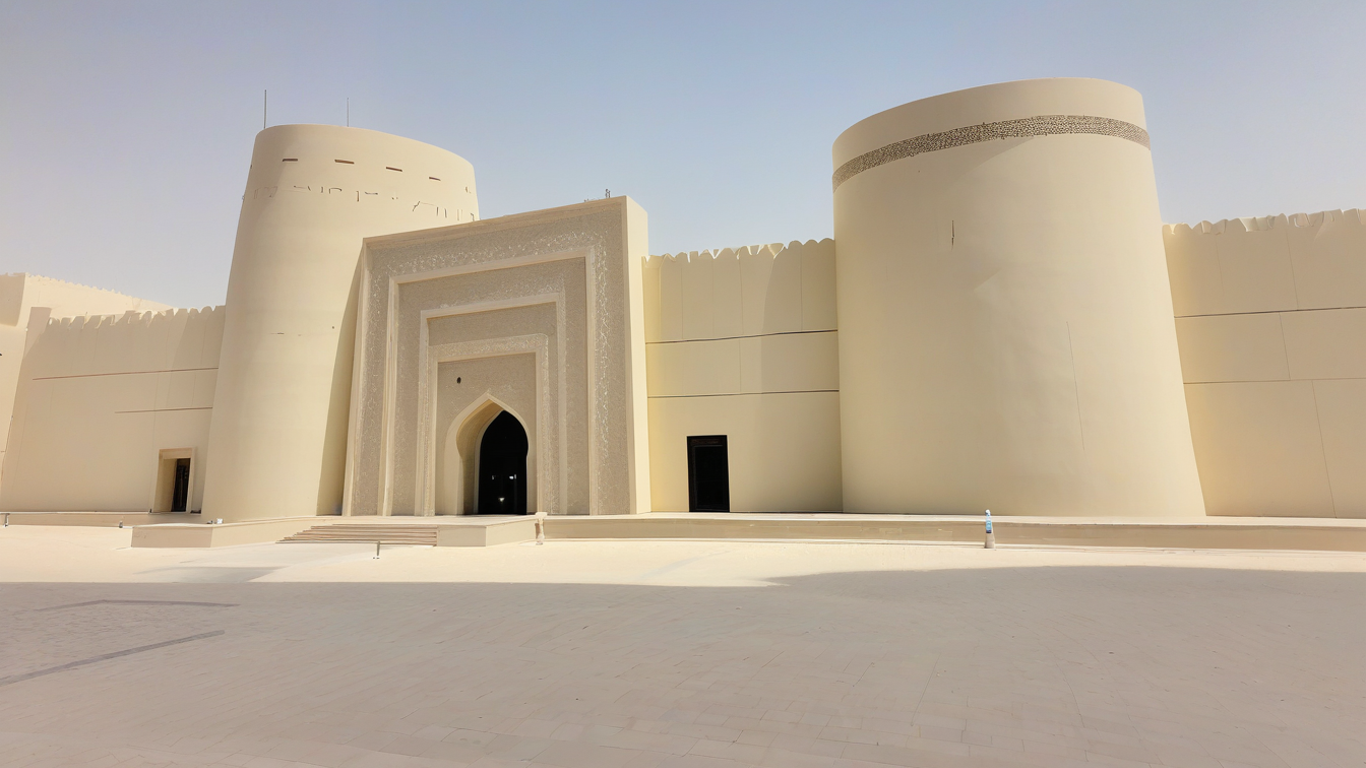
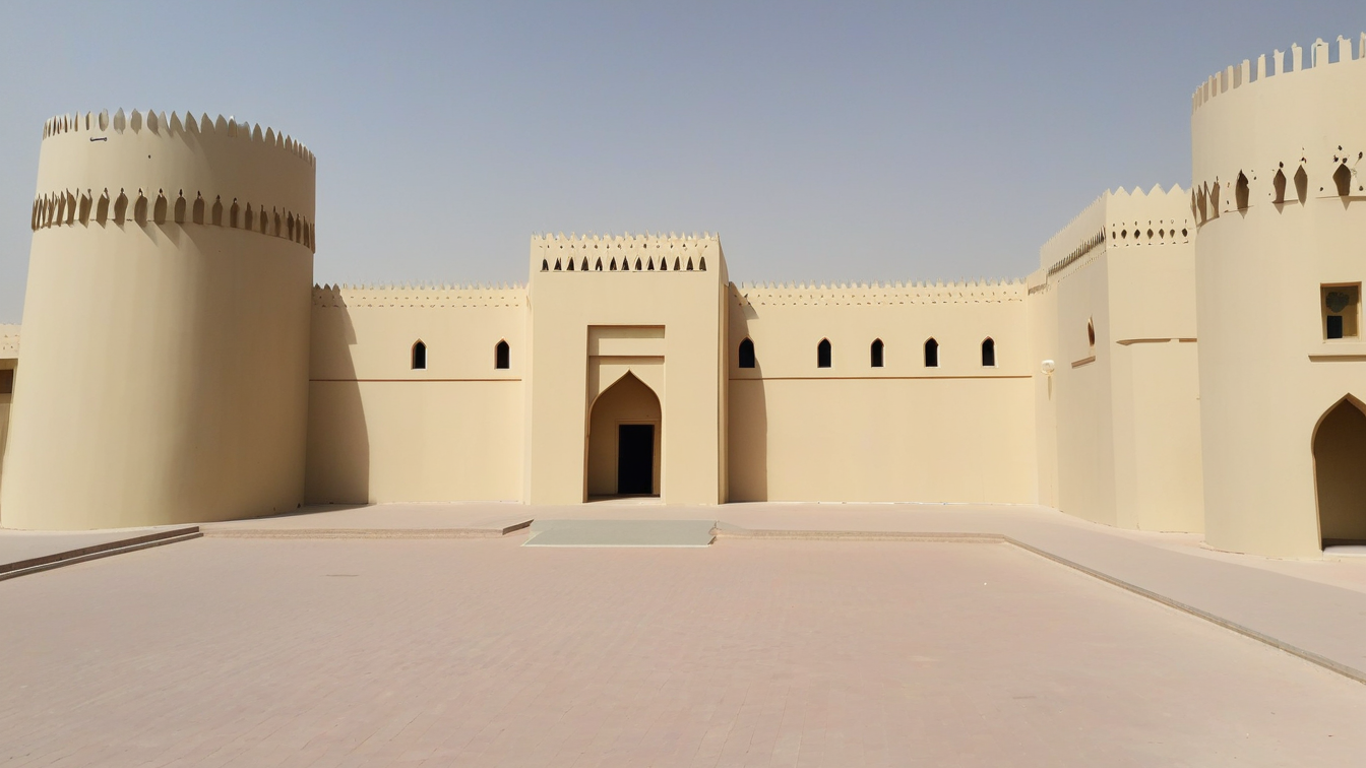

Comments (0)
{{ obj.comment_user_info.fullname }}
{{ obj.date_formatted }}{{ expandedComments[index] ? obj.comment : obj.comment.slice(0, 50) + (obj.comment.length > 50 ? '...' : '') }}
Add Comments
Login to comment